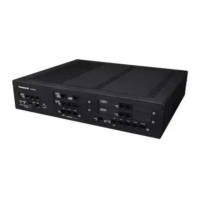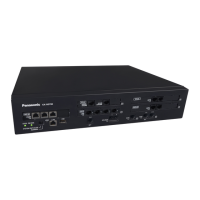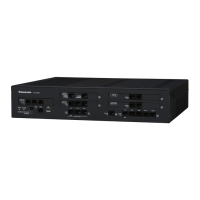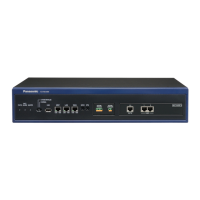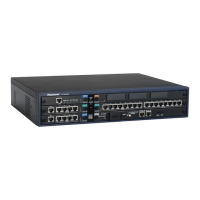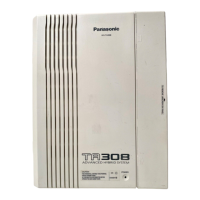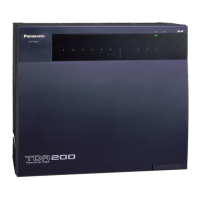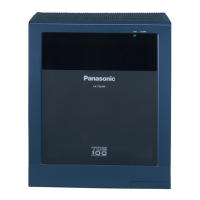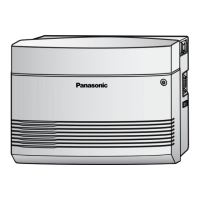4.1.1.2 Direct SIP Connection
Description
Using this feature, the PBX can be used as a gateway to connect with services provided by external SIP servers.
In this way, extensions and trunks connected to the PBX can be connected with clients of the external services.
PBX
Extension
Trunk
V-SIPGW
IP Network
Public Network
External
Server
External
Client 001
External
Client 002
External
Client 003
SIP over TCP
Conditions
Notice
• When this feature is enabled at a site, SIP over TCP is used as the call control protocol. In this case,
all SIP line ports at that site will change to TCP/IP fixed operation and the protocol used by existing
SIP lines (UDP/IP) cannot be used.
• When
this feature is enabled at a site, be aware that all installed V-IPGW and V-SIPGW cards at that
site will be deleted.
• When this feature is enabled, the maximum number of usable V-SIPGW channels will be limited to 64
channels per site or 256 channels for the system.
• When this feature is enabled at a site, V-IPGW cards cannot be used at that site.
• Direct SIP connection can be enabled or disabled on a per-site basis. Changes to this setting will be
reflected after a system reset is performed for the site.
For details, refer to "9.2.2 PBX Configuration—[1-1] Configuration—Slot—System
Property—Site—Main—
SIP over TCP/IP (V-SIPGW) *)" in the PC Programming Manual.
• When this feature is enabled, the supported audio codecs are as follows:
Codec Sampling Rate
G.711 (μ-law) 8 kHz
G.711 (a-law) 8 kHz
Named Telephone event 8 kHz
Comfort noise 8 kHz
RED/8000 8 kHz
• Inband DTMF signals (except for Flash) received from the PBX's extensions/trunks can be sent to the
external service clients via the gateway.
• It
is possible to register several external servers and use the failover feature. For details, see "4.1.1.1 SIP
Server Failover".
Feature Guide 379
4.1.1 SIP (Session Initiation Protocol) Trunk
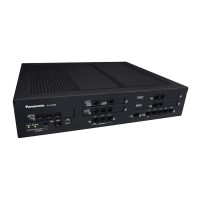
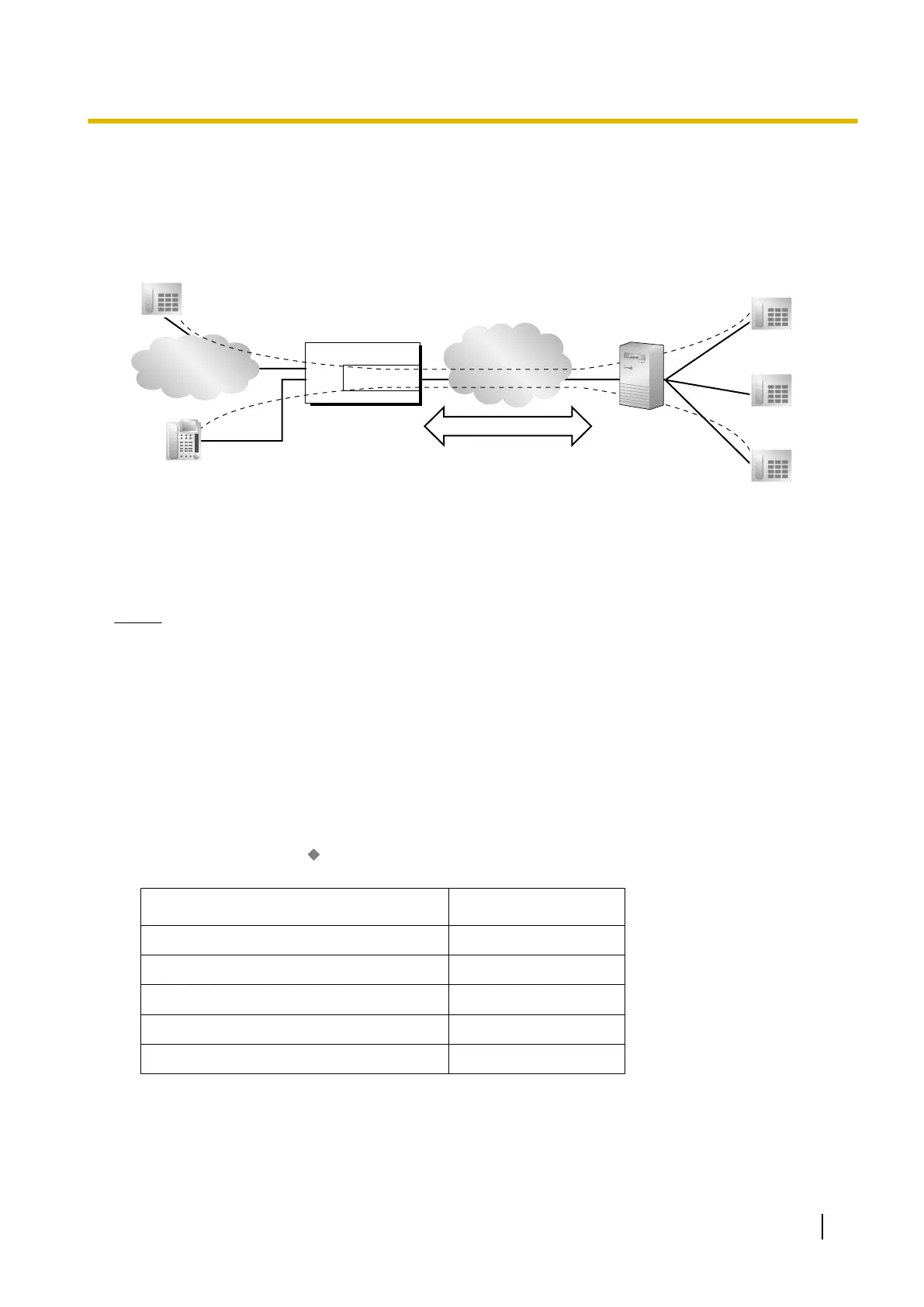